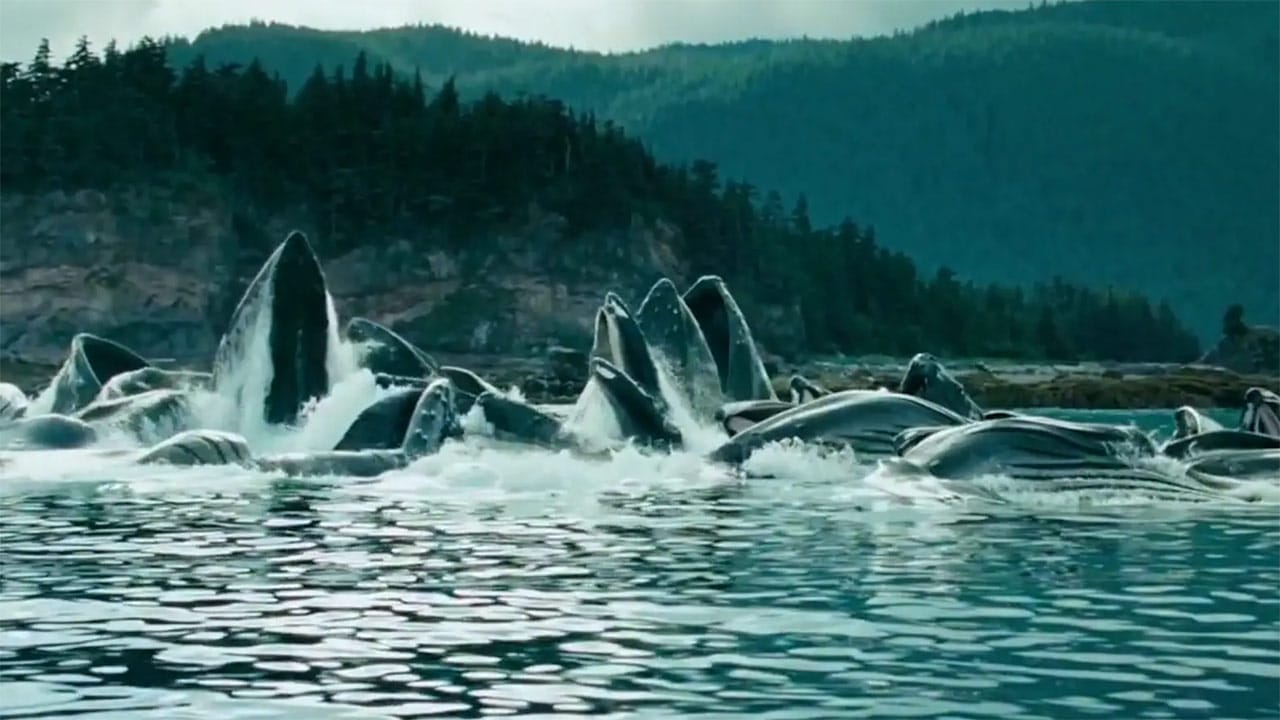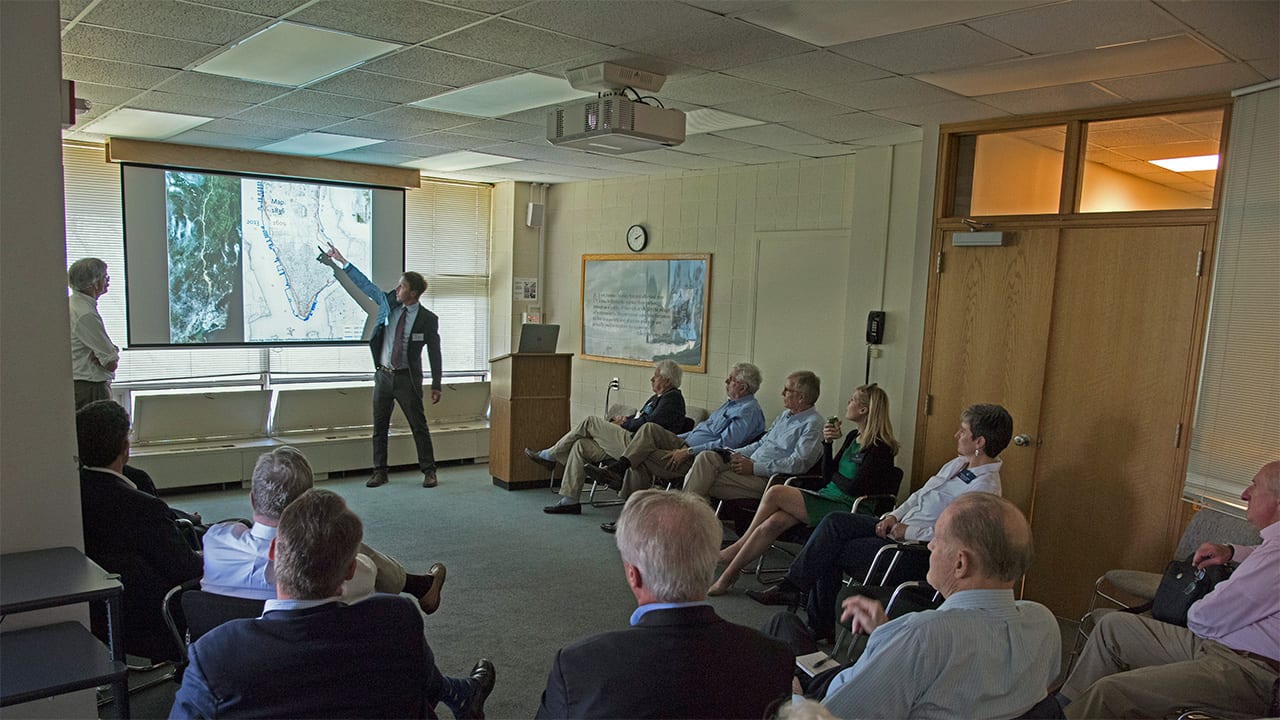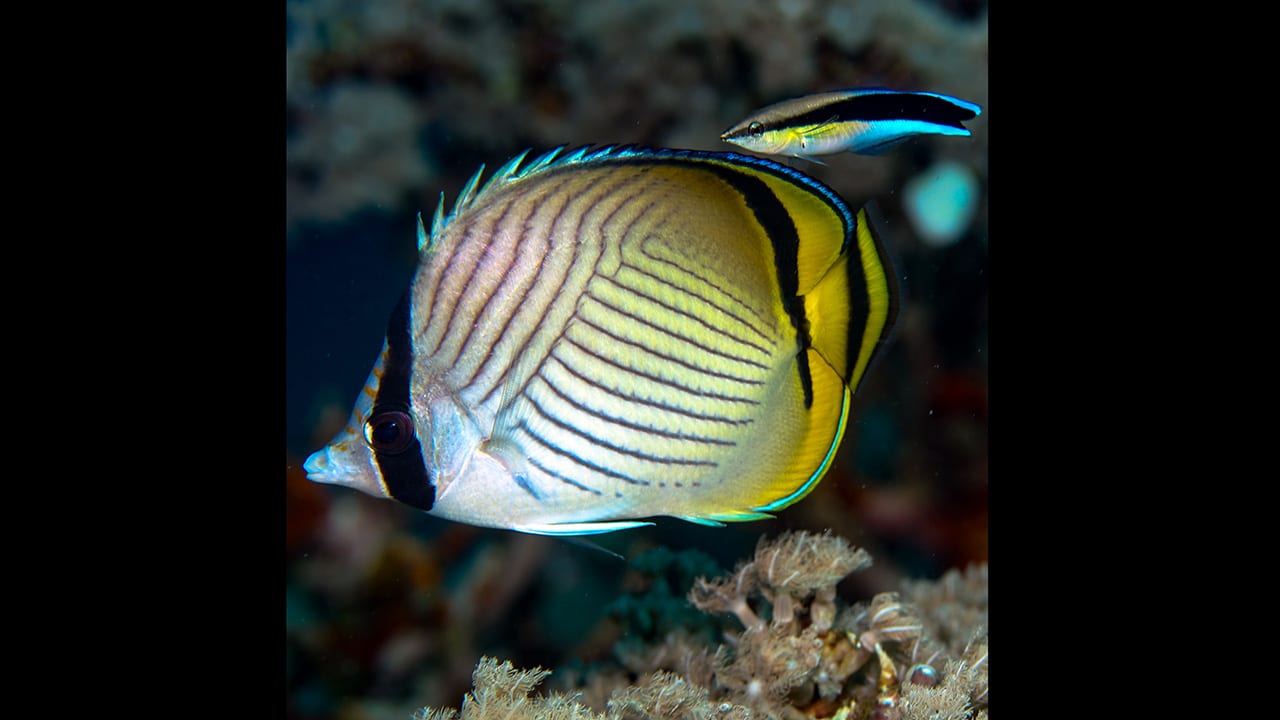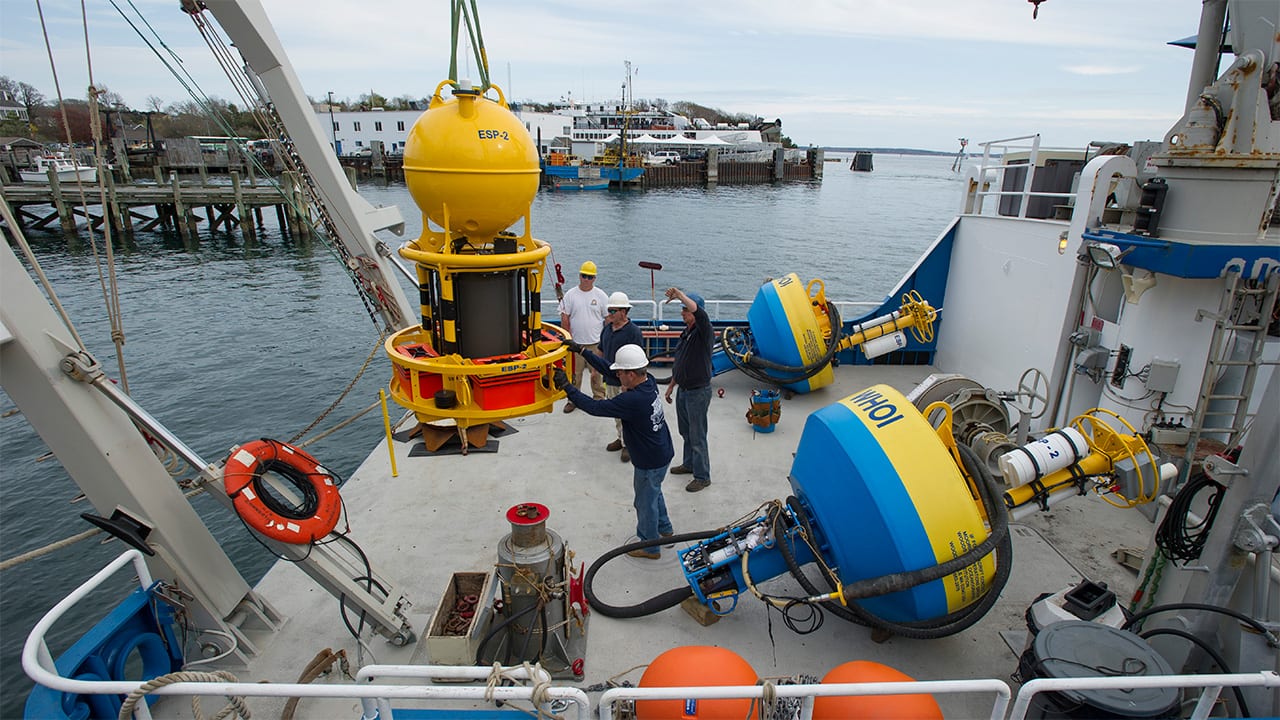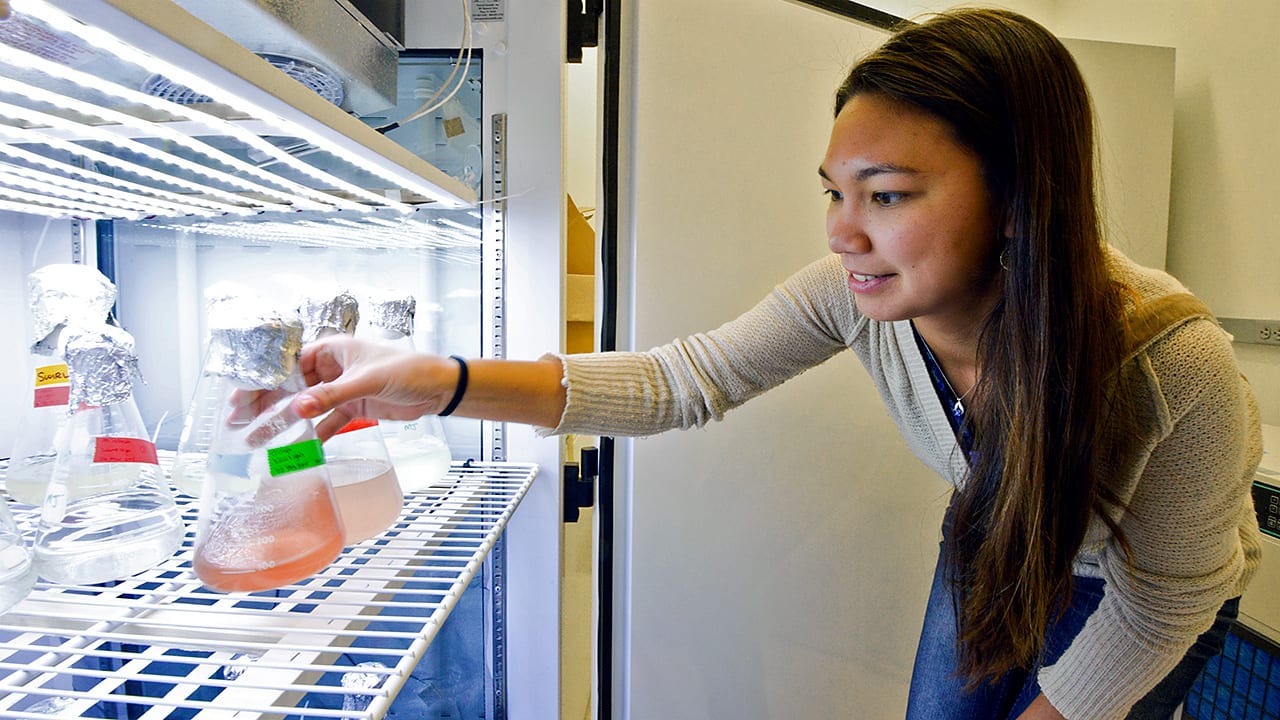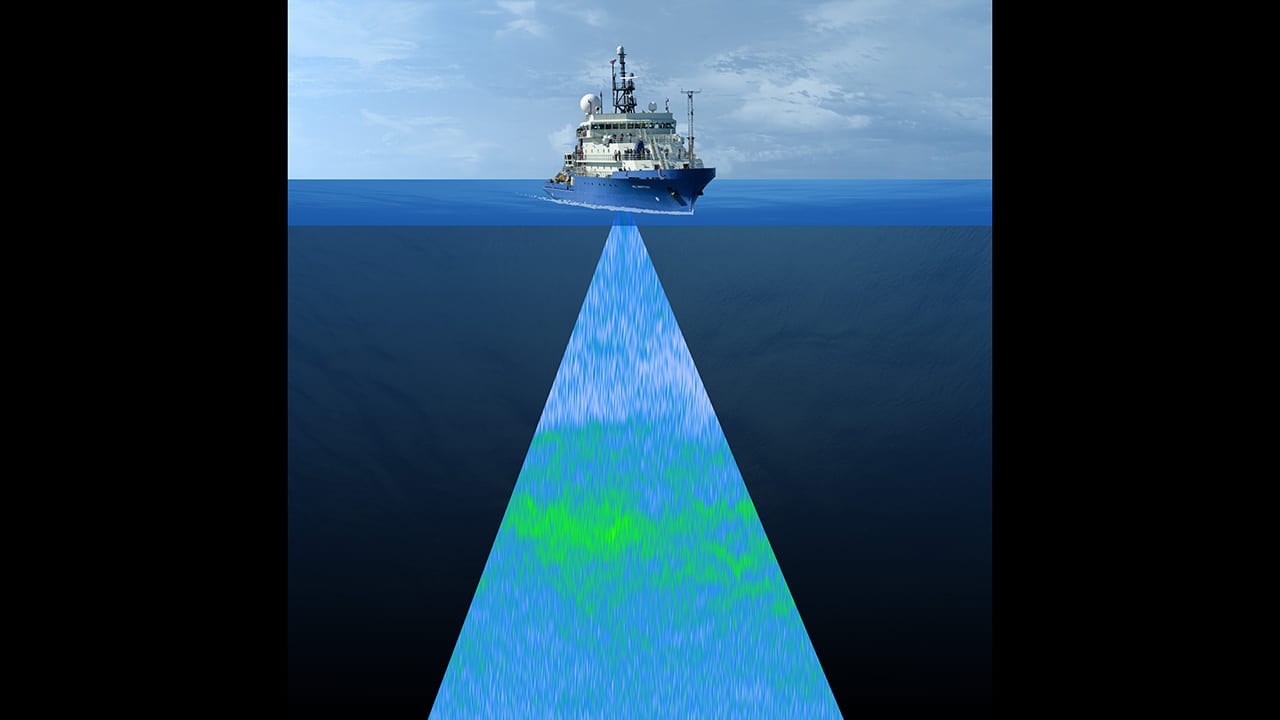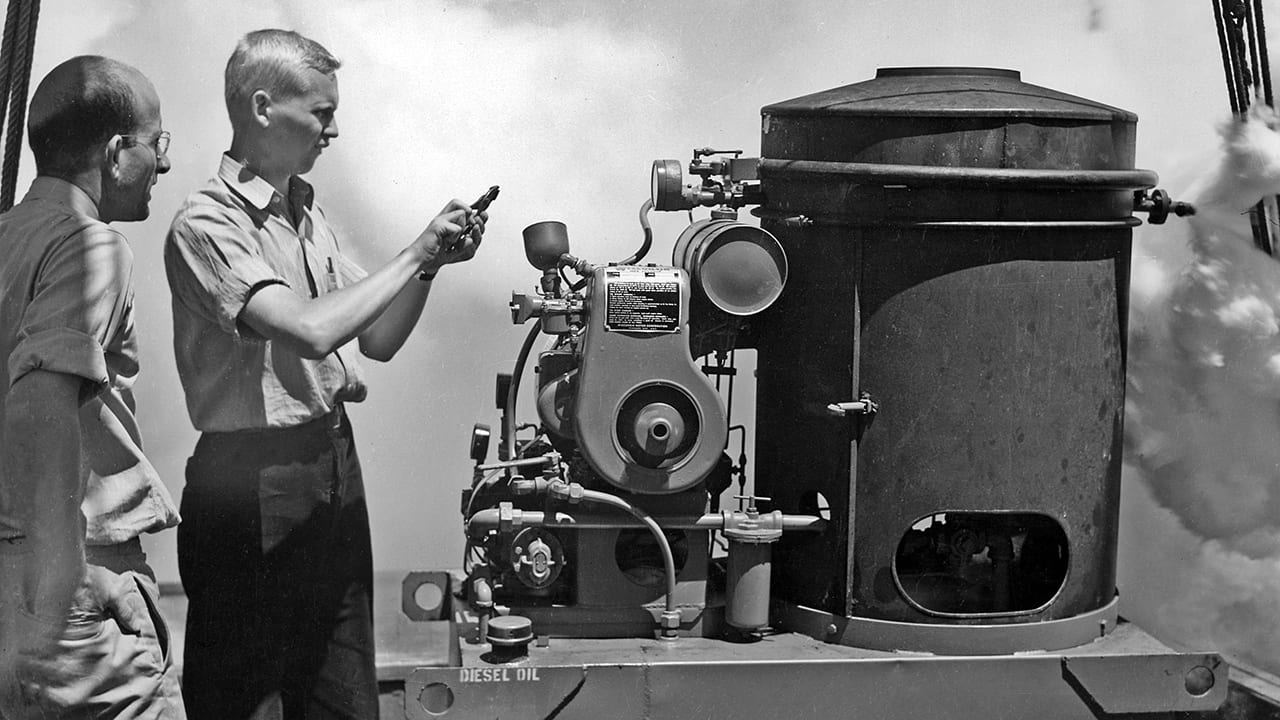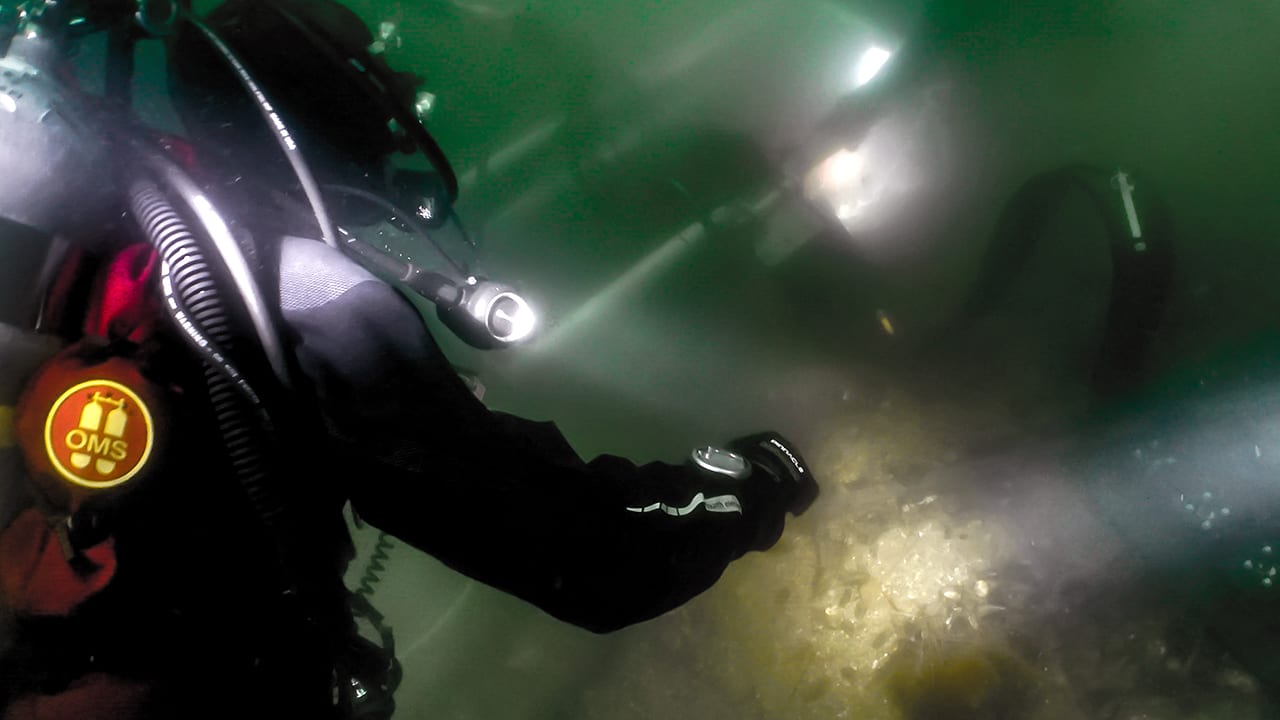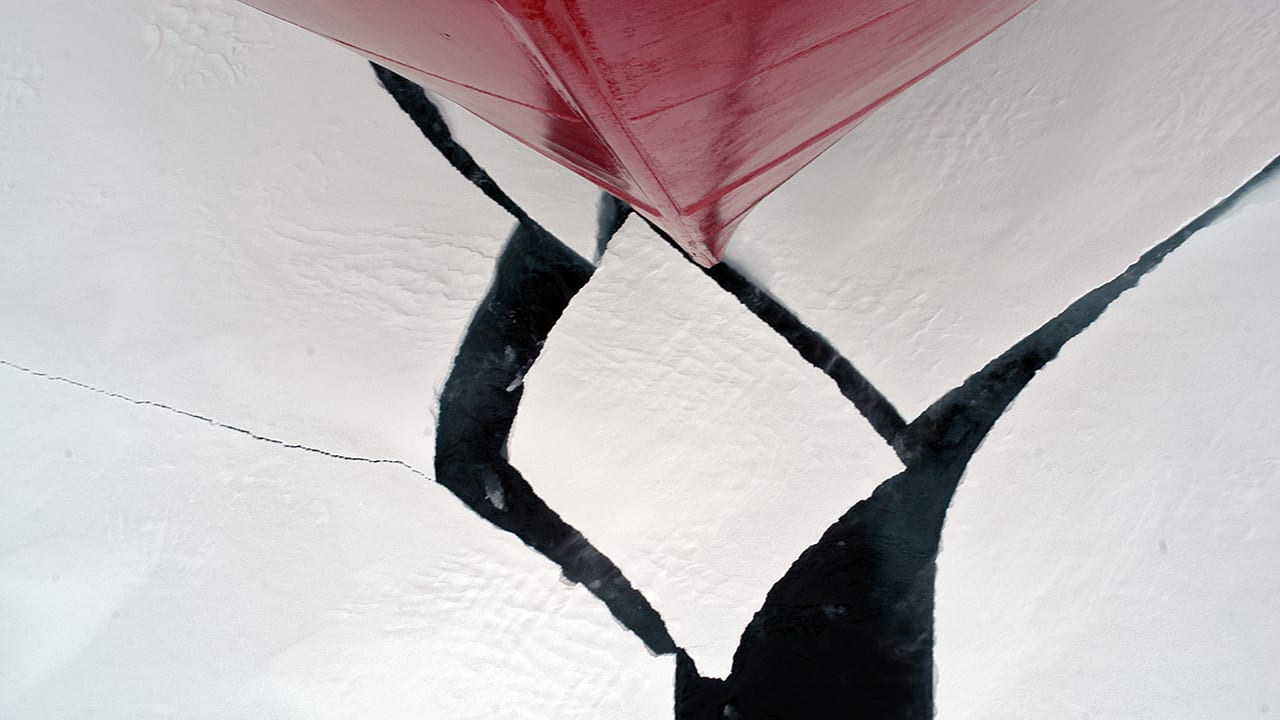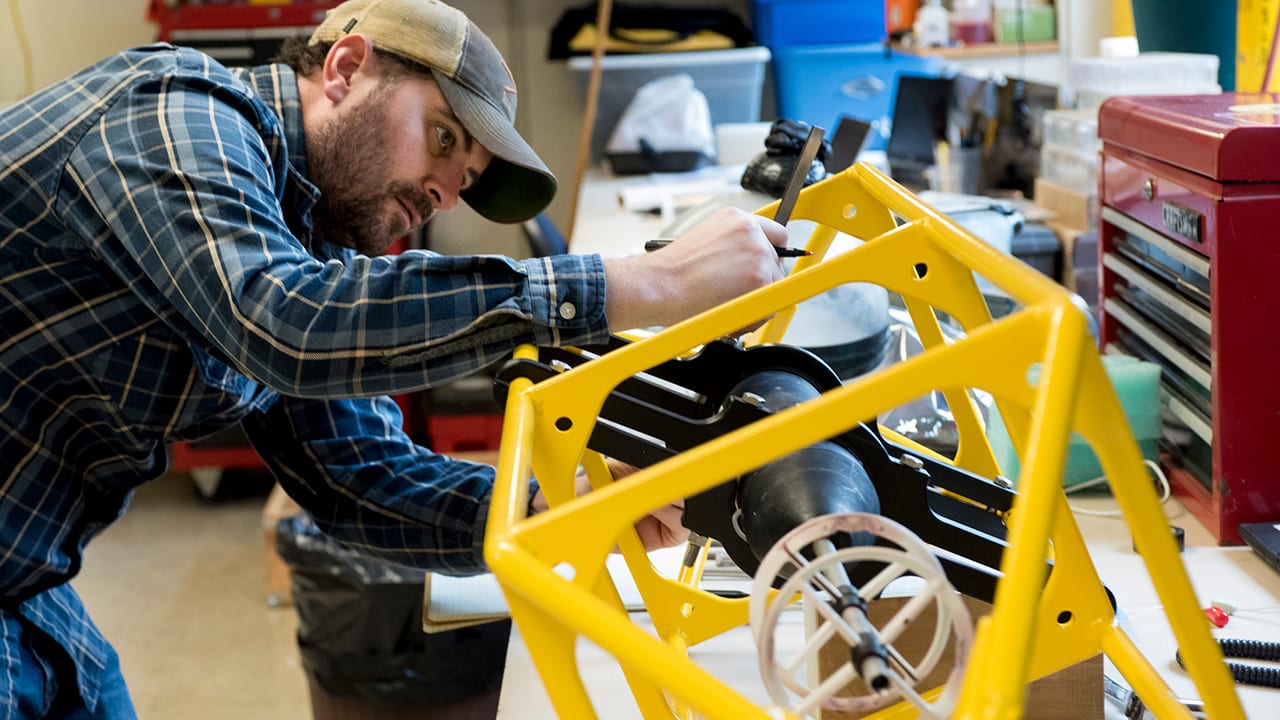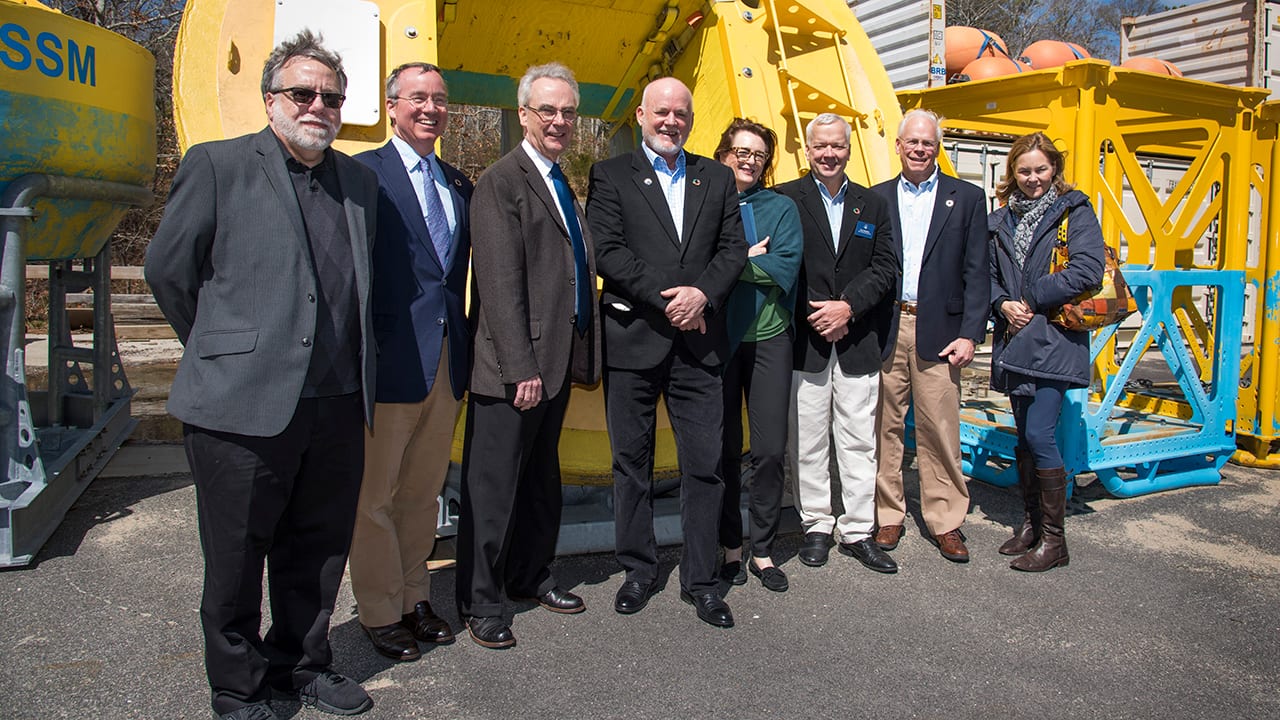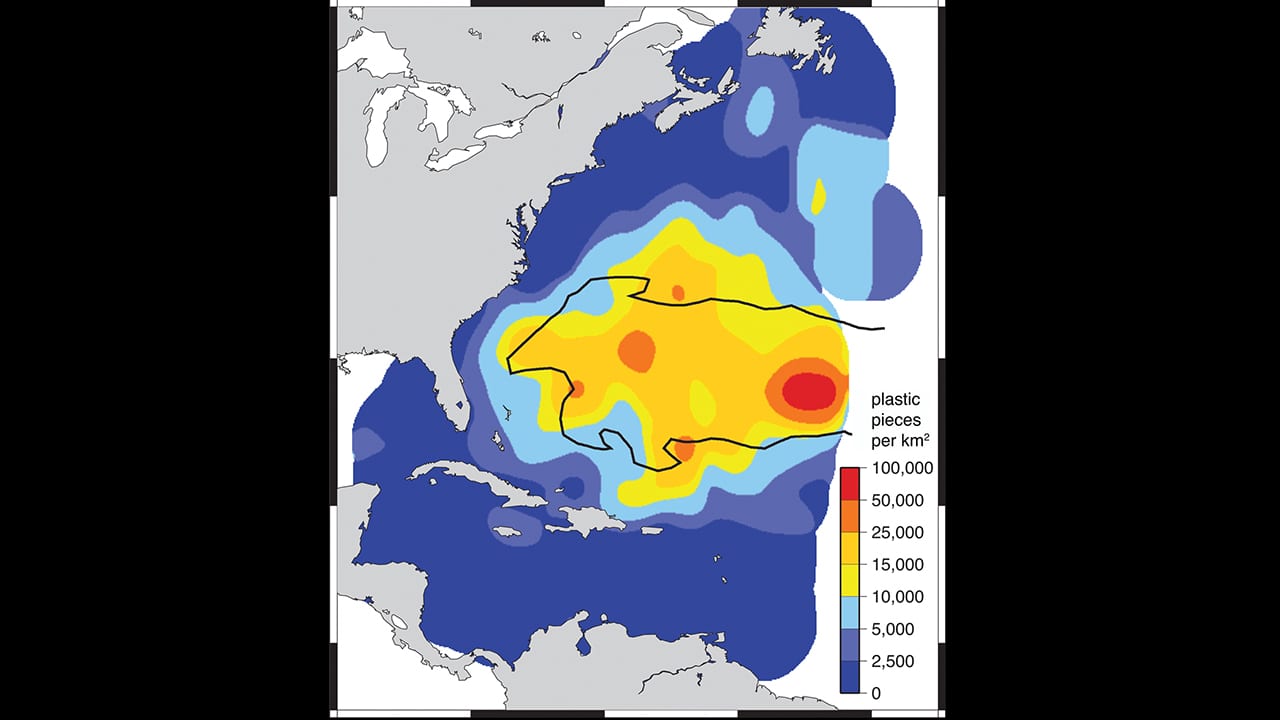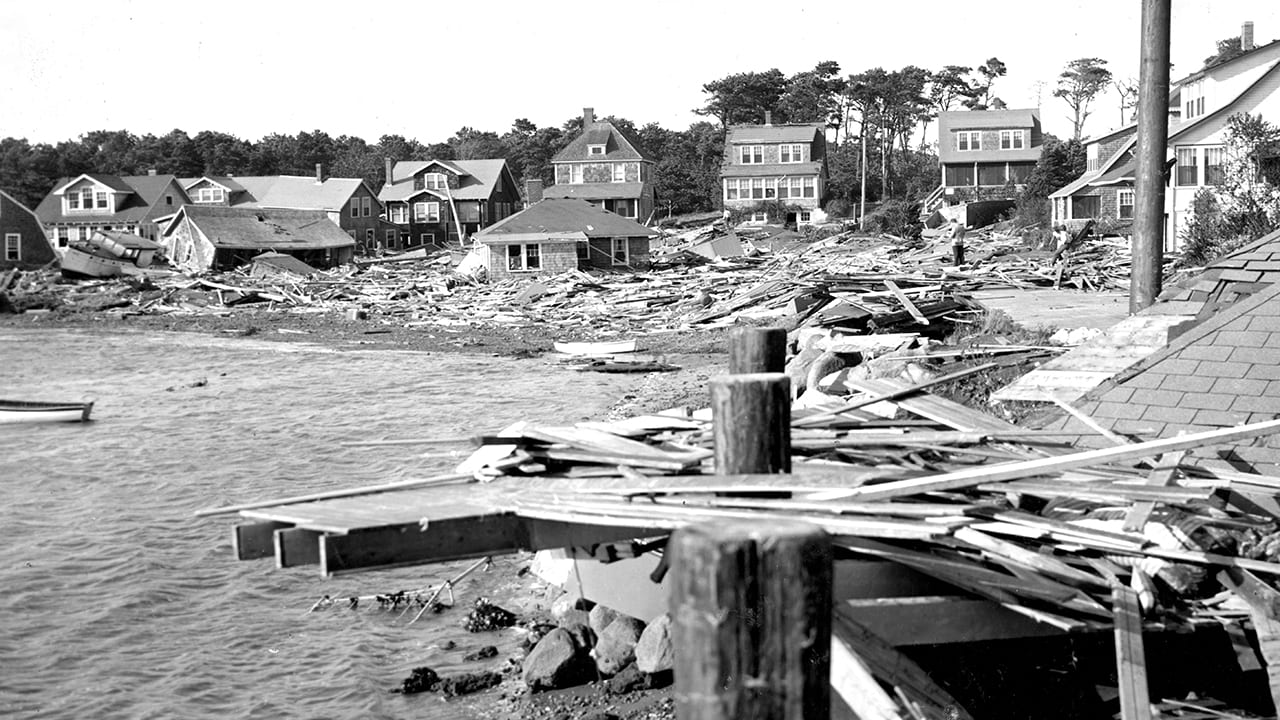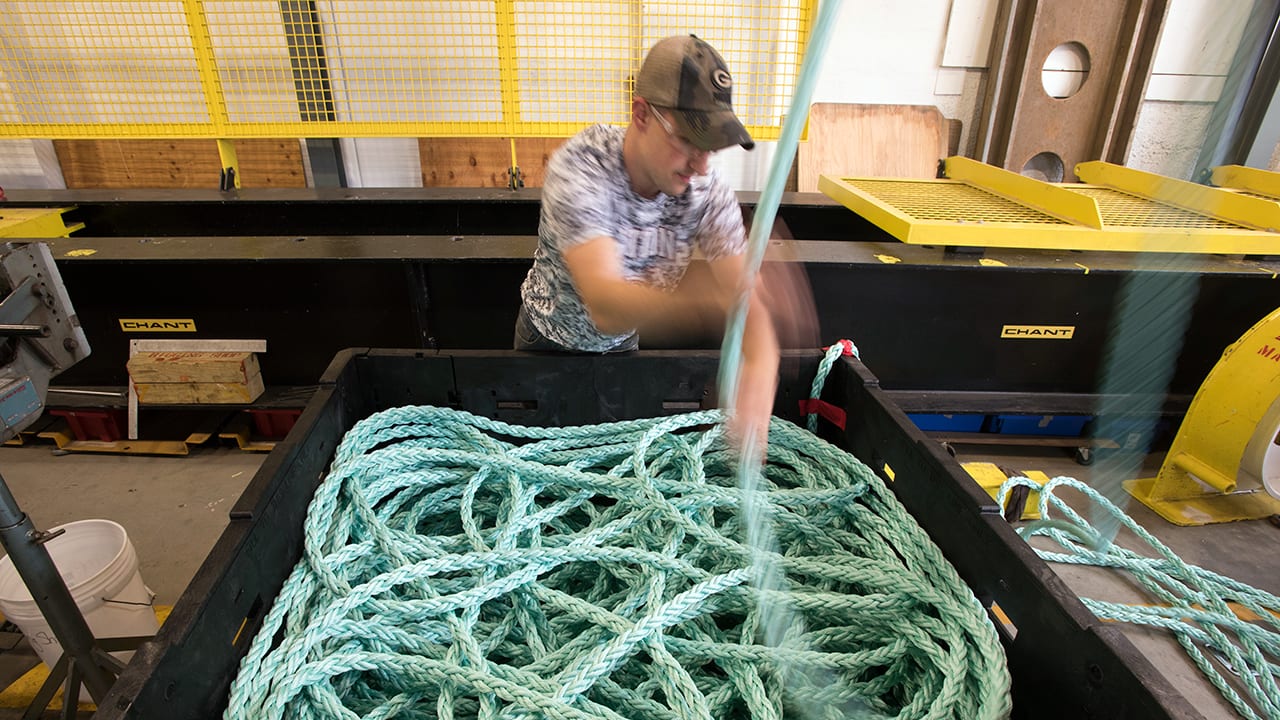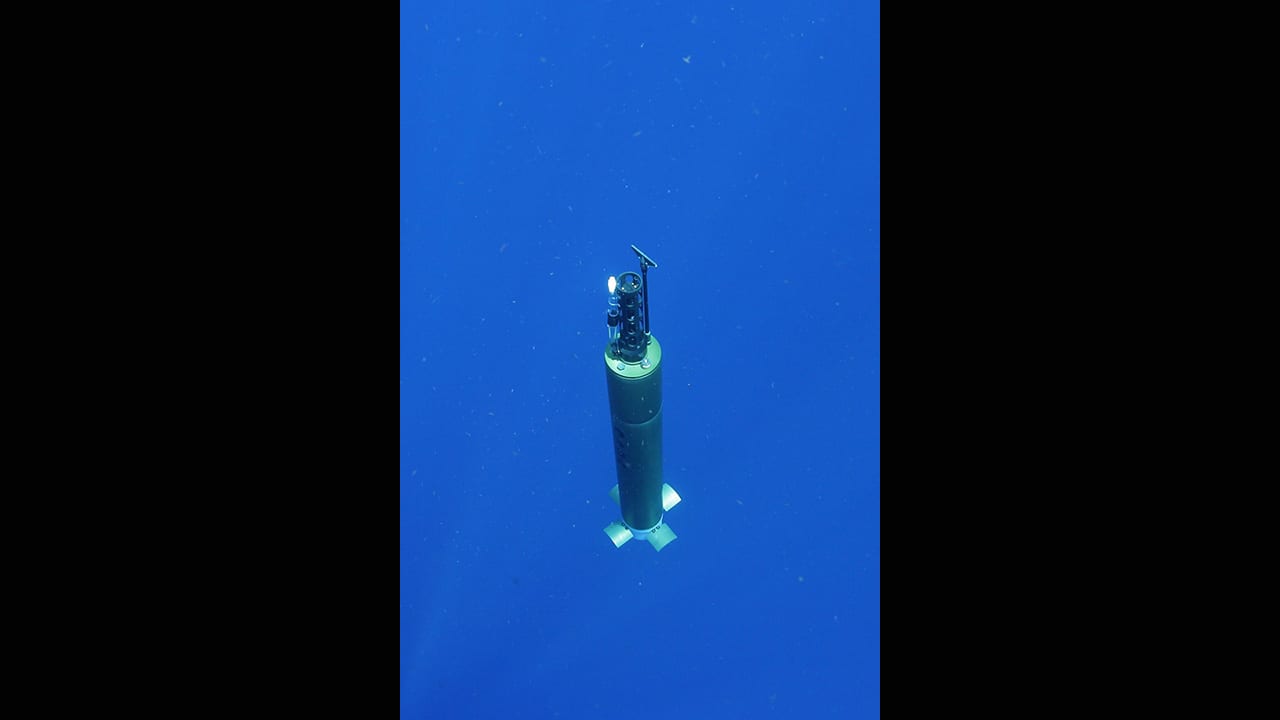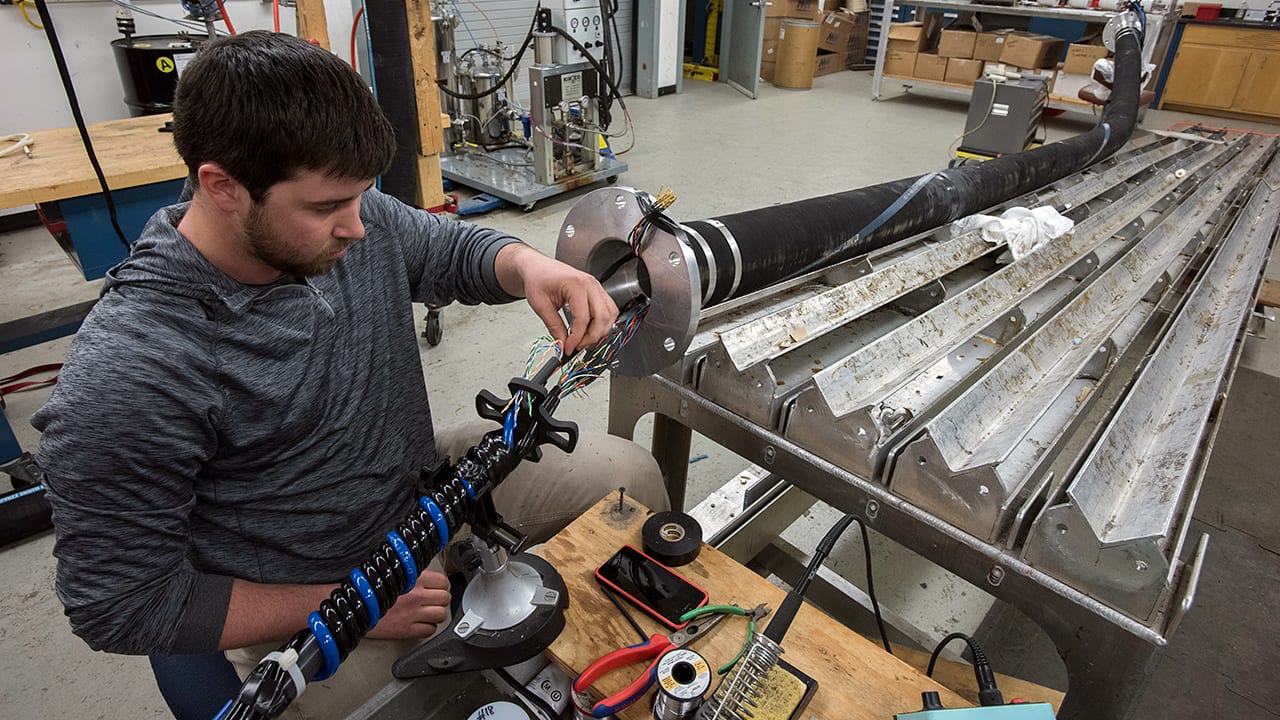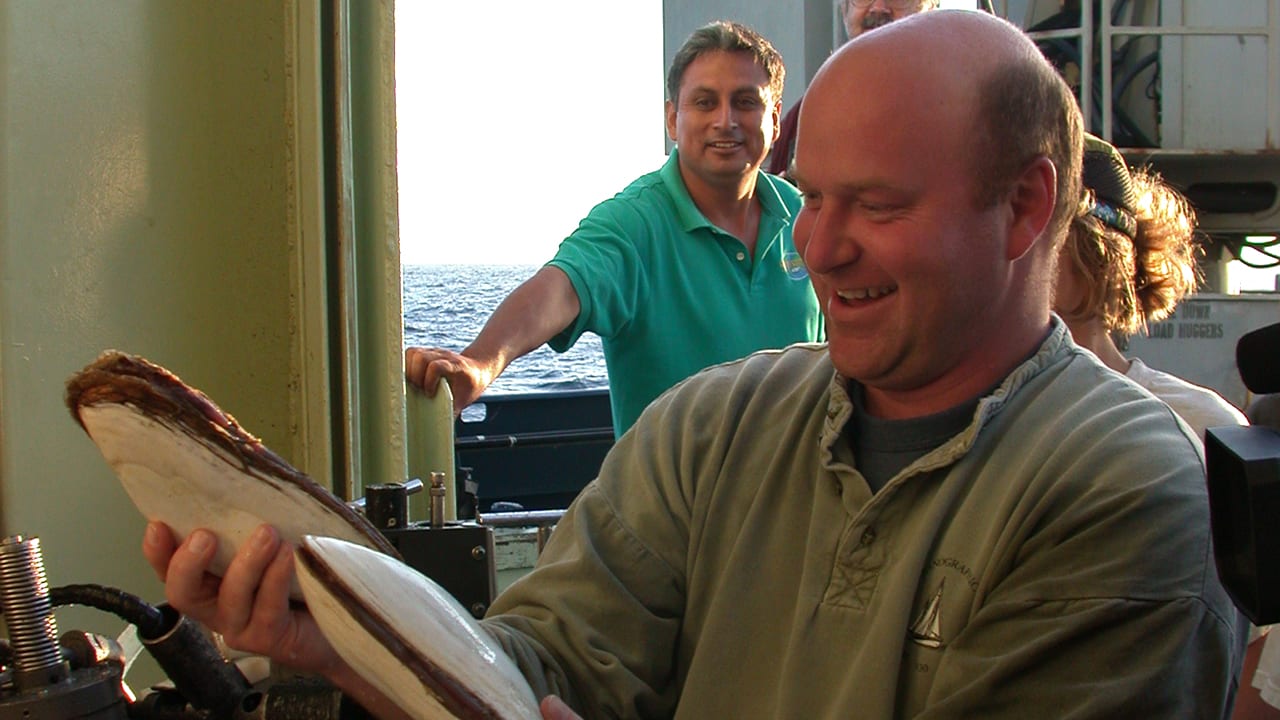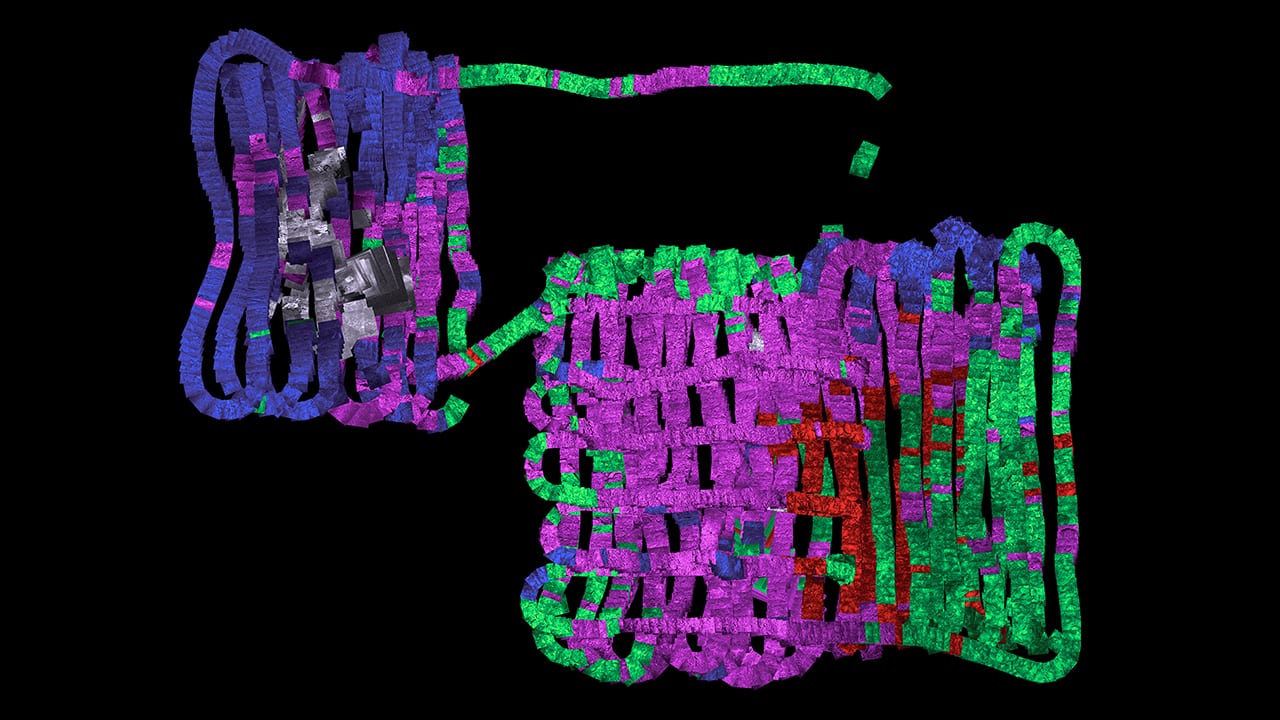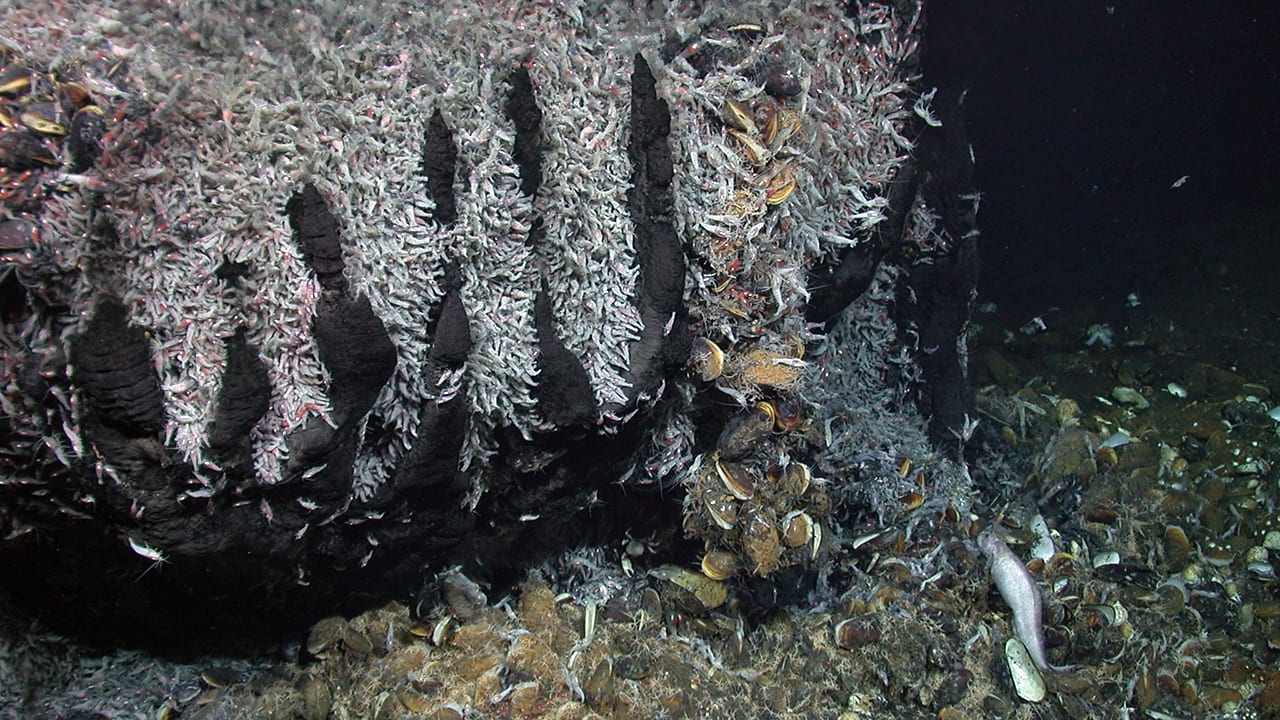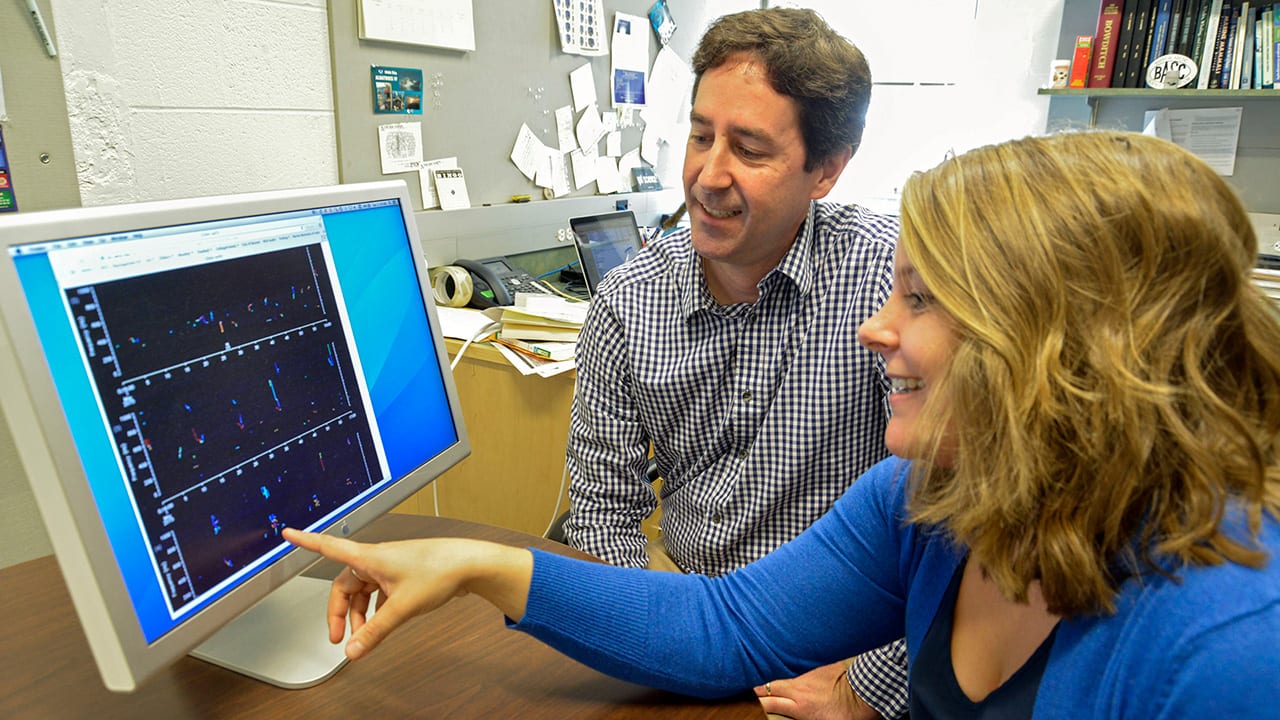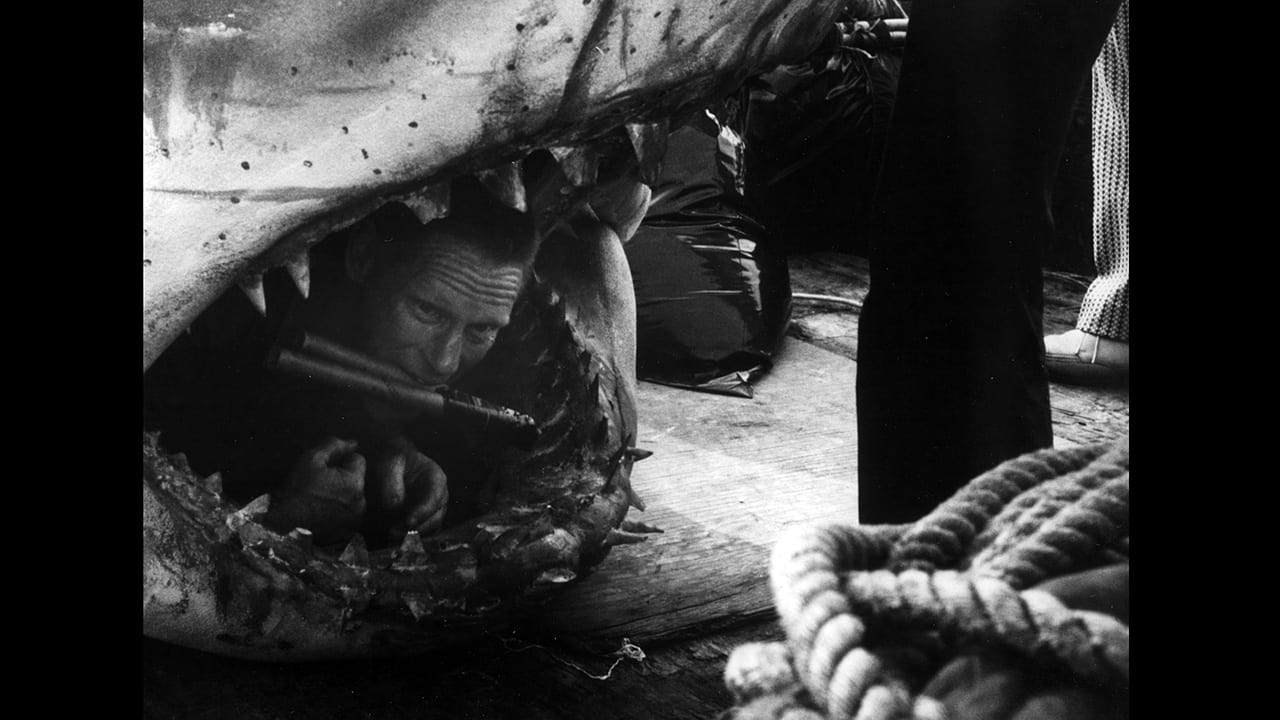Multimedia
What Would the Ocean Say?
On World Oceans Day 2017, WHOI joined global leaders at the UN to spotlight the ocean.
Read MoreInterdisciplinary Collaboration
Dave Ralston (right) and Porter Hoagland talk with WHOI Trustees about New York’s Hudson River. The expansion of the Panama Canal has led to the dredging of New York Harbor…
Read MoreSettling Behavior
Marine reserves promote coral reef sustainability by preventing overfishing and increasing fish abundance and diversity. But to be effective, they need to be sized right, and in a way that…
Read MoreMonitoring the Tides
Crew on the R/V Connecticut load an Environmental Sample Processor (ESP) for deployment in the Gulf of Maine to monitor for harmful algae, which can cause illnesses in humans when…
Read MoreOrganelle Snatchers
WHOI postdoctoral fellow Holly Moeller investigated a curious single-celled marine organism with a remarkable ability to behave both like an animal and a plant. The organism, called Mesodinium rubrum, typically graze…
Read MoreScientist Don Anderson Honored
WHOI Senior Scientist Don Anderson (center) recently received one of WHOI’s highest honors, the Bostwick H. Ketchum Award, in recognition of his dedicated and pioneering research on harmful algal blooms…
Read MoreCone of Sound
WHOI’s newest research vessel Neil Armstrong is among the first ships in the U.S. research fleet outfitted with a EK80 sonar system. Like a fish-finder, it emits sound waves that…
Read MoreWHOI and World War II
Al Woodcock (left) and an unidentified colleague test a device used to study the effectiveness of smoke screens to protect troops during beach landings in World War II. Woodcock was…
Read MoreDivers in the Midst
In February 2017, WHOI’s Dive Operations Manager Edward O’Brien (right) and visiting diver Giorgio Caramanna work in murky 39-degree water south of Martha’s Vineyard to deploy an instrument for scientists…
Read MoreBrave New World
The bow of the U.S. Coast Guard icebreaker Healy plows a path through sea ice in the Beaufort Sea. Evidence of Earth’s changing climate is especially visible in the Arctic,…
Read MoreNew Beginnings
On June 7th, WHOI Vice President for Academic Programs and Dean Jim Yoder will preside over the 2017 graduate reception for the MIT-WHOI Joint Program in Ocean Science and Engineering.…
Read MoreDeep-Sea Circulation
WHOI engineer Brian Hogue assembles a new aluminum frame around a Nobska MAVS-4 acoustic current meter. The frame helps to minimize turbulence around the current meter once it is installed…
Read MoreUniting for the Ocean
The president of the United Nations General Assembly, the Honorable Peter Thomson, recently toured WHOI and met with WHOI officials to discuss the UN Ocean Conference on June 5-9. WHOI will participate…
Read MoreWhere Plastic Went
Surface currents flow clockwise in the North Atlantic Ocean, forming the circular pattern called the North Atlantic subtropical gyre (black contour line). In 2010, scientist Kara Lavender Law of the…
Read MoreA Buried Past
WHOI researchers are trying to better understand future storms by studying the past, such as the hurricane of 1938, which devastated Cape Cod and killed hundreds. As a hurricane passes,…
Read MorePacking for Sea
WHOI engineering assistant Cody Meissner packed synthetic line in the WHOI Rigging Shop recently for a deployment, scheduled for autumn 2017, of an Ocean Observatories Initiative Global Array surface mooring…
Read MoreEye on the Storm
Hurricane season in the North Atlantic begins on June 1, which means scientists are once again preparing for any opportunity to study large storms. One of the key drivers of…
Read MoreHolding It Together
WHOI engineering assistant Chris Basque splices wires from an electromechanical (EM) chain—the large black rubber tube—to a black-and-blue coiled “pigtail” cable. This EM chain is part of a surface mooring…
Read MoreHappy as a Clam
Few things make a deep-sea biologist like Tim Shank happier than obtaining samples of organisms from a hydrothermal vent site on the seafloor. These giant clams were retrieved by the Alvin submersible…
Read MoreSeafloor Warp and Woof
An autonomous underwater vehicle called ABE—for Autonomous Benthic Explorer—systematically “flew” over the seafloor on the volcanic Mid-Atlantic Ridge, midway between Africa and South America, photographing the ocean bottom. Some 3,000…
Read MoreShrimp and Mussel Stew
Shrimp swarms and abundant mussels populate the Logatchev hydrothermal vent field about 3,000 meters (more than 9,800 feet) deep on the Mid-Atlantic Ridge, about halfway between the Caribbean Sea and…
Read MoreWhales Are Where?
WHOI biologist Mark Baumgartner and acoustic analyst Julianne Gurnee of the NOAA Northeast Fisheries Science Center review data received from a whale monitoring buoy outside New York Harbor. The buoy…
Read MoreBad Sign on a Good Beach
You never want to see a sign like this on a beach, especially right before the traditional Memorial Day start of summer. The waters off beaches are regularly tested to…
Read MoreWHOI, Hollywood, and the Boston Pops
Longtime WHOI employee Dick Edwards, a Navy-trained explosives expert, wires dynamite into the mouth of the mechanical shark used in “Jaws,” the 1975 classic movie about a terrifying shark, based…
Read More
